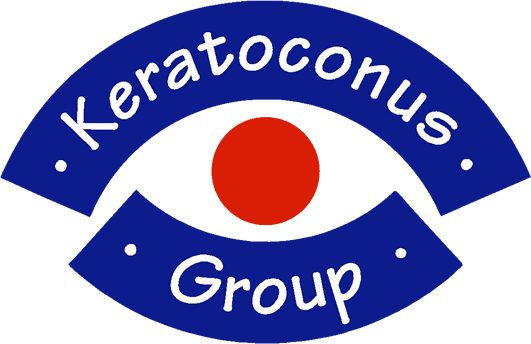This information is for employers, managers, and employees to understand and provide practical support to those with keratoconus. With support and minor adjustments, employees with this condition can work successfully in all types of roles.
Click here to read our What is Keratoconus page.
Understanding Keratoconus in the Workplace
It’s Not a Visible Condition: Keratoconus is not a visible disability, so others may not be aware of the challenges an employee faces.
“Part-Time Partially Sighted”: People with keratoconus often refer to themselves as “part-time partially sighted” because their vision can fluctuate from day to day or even throughout the day. They may have perfectly good vision in the morning but find it deteriorates later as their eyes get tired.
Reading and Vision Challenges: Employees may find small print and small fonts difficult or tiring to read. They may also experience “ghosting” or double vision, and certain color contrasts may be hard to distinguish.
Environmental Factors: Conditions like a centrally heated or air-conditioned environment can cause discomfort, dry eyes, and difficulty with lens wear. Dusty conditions also cause problems. Light sensitivity and glare can affect vision, so blinds or adjustments to screen brightness may be needed.
Other Conditions: Some people with keratoconus also have atopic conditions such as eczema, asthma, or hay fever, which can make contact lens wear difficult or painful.
Practical Adjustments for the Workplace
Even minor adjustments can make a significant difference. Here are some suggestions:
Workstation and Equipment
Larger Monitors: A larger computer screen can make work easier for computer users.
Customising Display: Use fonts that are easier to read (such as Arial) and enlarge the font size or alter the color contrast on screens to reduce eyestrain.
Screen Readers: For some people, enlargement software, screen readers, or speech software may be appropriate.
Lighting: Natural lighting is best. When this is not possible, avoid glare or bright light sources. A reading lamp may also be helpful.
Air Quality: A humidifier or an air exchanger can help reduce dryness caused by air conditioning.
Work Processes and Environment
Enlarged Documents: Provide the ability to enlarge printed documents to A3 using a photocopier.
Regular Breaks: Long hours in front of a computer screen can dry out the eyes; regular breaks are helpful for all employees.
Night Driving: If driving is part of the job, employees with keratoconus may find night driving difficult due to halo effects around lights and may need to plan their day accordingly.
Conferences and Presentations: At conferences, seminars, or workshops, provide hard copies of slides for those who cannot sit close enough to see the presentations.
Dusty Conditions: In dusty environments, scleral lenses (which cover the entire eye) may be prescribed, or eye protection designed for dusty conditions may be needed.
Download this information sheet and give it to your manager or workplace.
